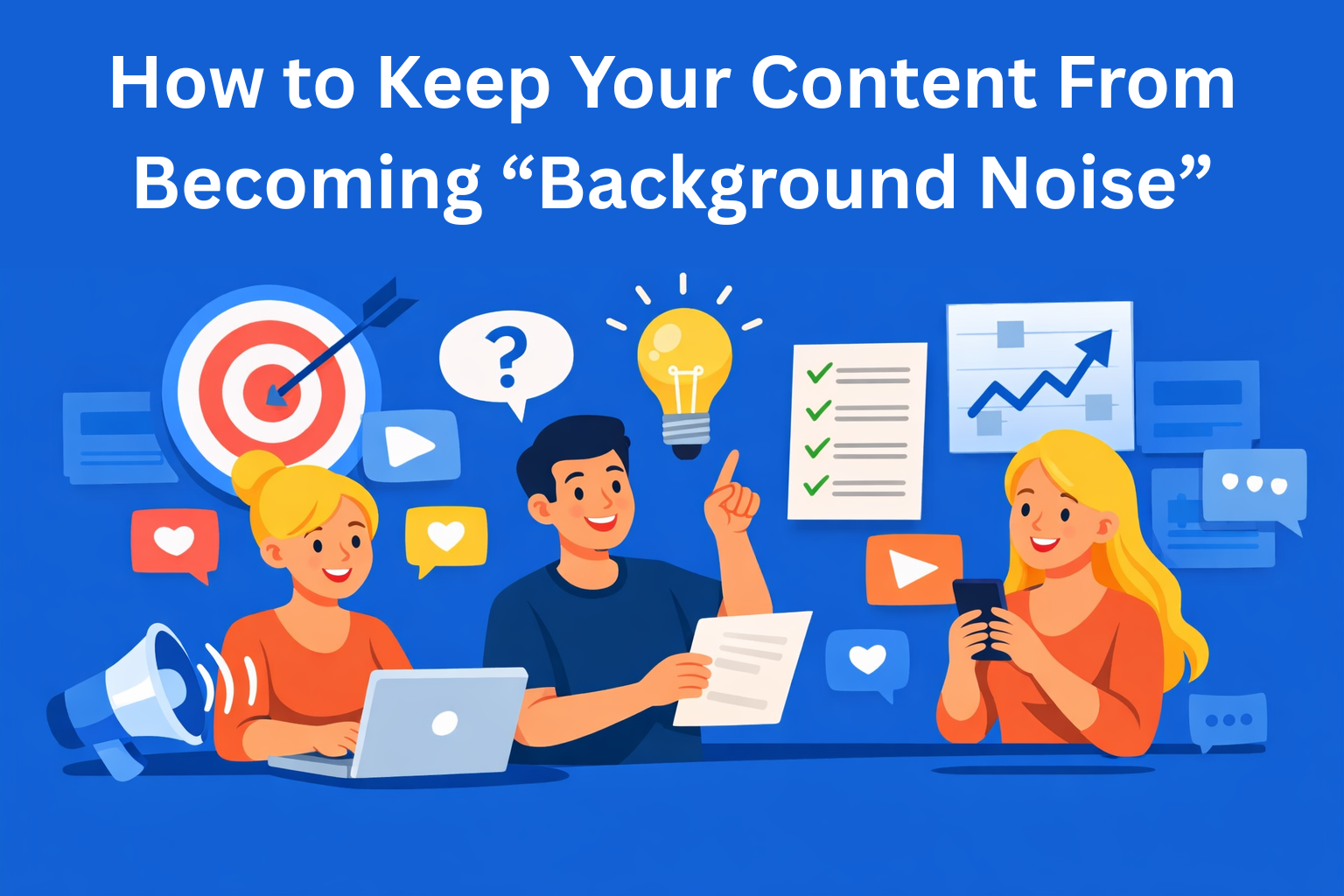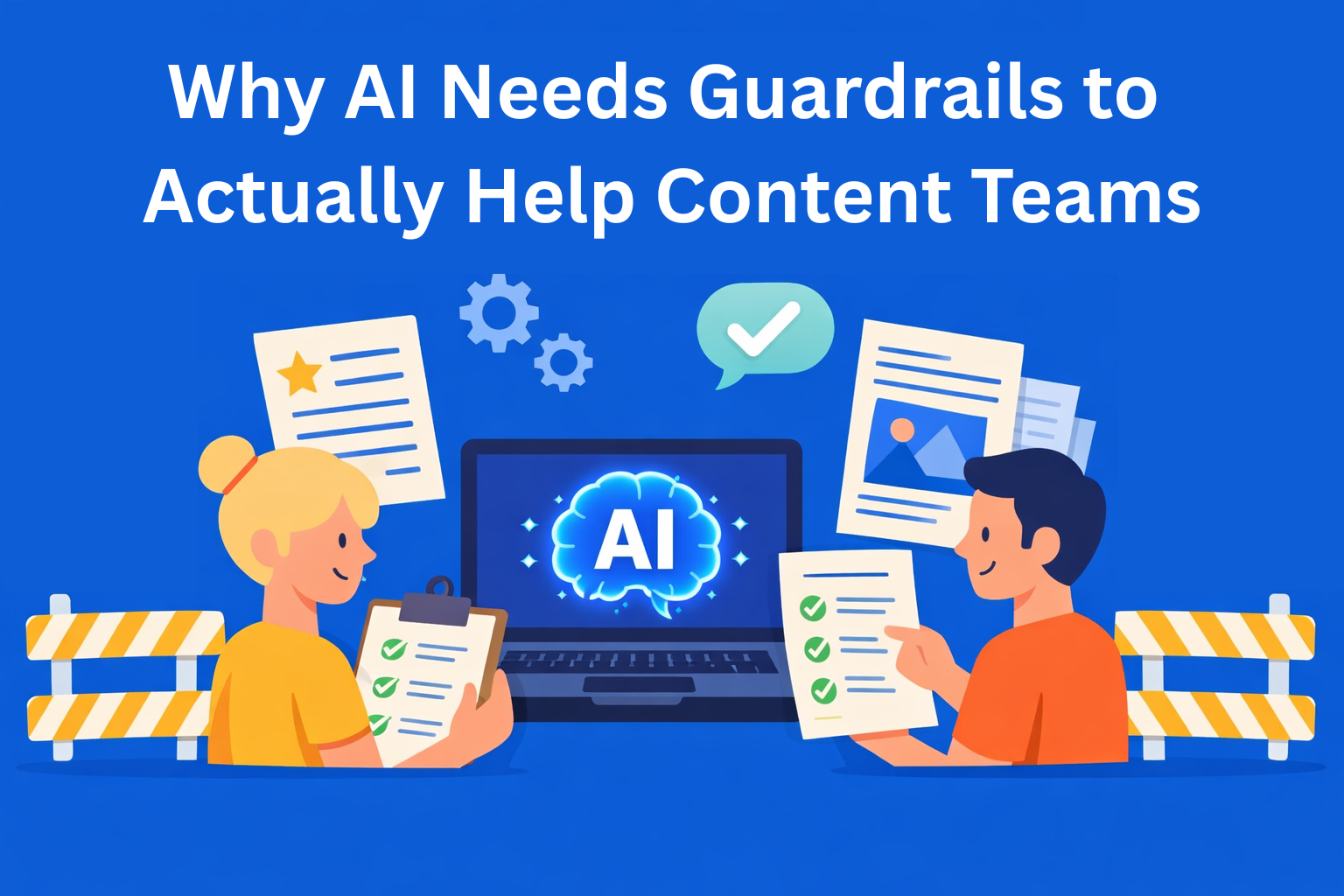How to Write Content Briefs That Actually Get Results
Learn how to write content briefs that actually get results. Discover key elements, common mistakes, and how to streamline the process with EasyContent templates for faster, consistent content production.

Let’s be honest: writing content briefs often feels like a boring task. Most people either skip key details or overload them with unnecessary information. The result? Writers get confused, deadlines slip, and the content falls flat. So, how do you create a content brief that truly works?
Here’s the good news: it’s not rocket science. With a little planning (and the right tools), you can create briefs that make writers think, “Wow, this is clear!” and managers finally breathe a sigh of relief.
Key Takeaways
- A good brief is a roadmap - Clear instructions save time, reduce edits, and keep projects on track.
- Include the essentials - Audience, goals, tone, SEO keywords, structure, examples, and deadlines.
- Avoid vague directions - Replace “Make it engaging” with specific style and tone examples.
- Plan SEO from the start - Add keywords and meta details in the brief, not after writing.
- Use templates to scale - Platforms like EasyContent standardize briefs, reduce chaos, and speed up workflows.
Why Content Briefs Matter
A content brief isn’t just a formality - it’s the roadmap for your content. Without it, writers are guessing what you want, which means more mistakes, endless edits, and overall confusion.
A well-prepared brief clearly explains the goal of the content, who it’s for, and what tone to use. It saves time, keeps you aligned with marketing goals, and makes the whole process smoother without the stress of constant rewrites.
If you’ve ever looked at a draft and thought, “This isn’t what I wanted,” the problem was probably a poor or missing brief.
What Makes a Great Content Brief?
The best briefs are clear, concise, and actionable. Here’s what they should include:
- Target audience: Who are we writing for? Be specific.
- Goal: What action should the reader take? (Click, subscribe, buy, share?)
- SEO details: Keywords, meta description, and linking strategy.
- Structure: Headings, word count, and formatting.
- Tone of voice: Conversational, formal, playful?
- Examples: Share sample articles that capture the style you want.
- Deadline and format: Avoid confusion about timing.
Cover these points, and you’ll cut out 80% of unnecessary back-and-forth.
Common Mistakes (and How to Avoid Them)
Writing vague instructions like “Make it engaging” sounds simple, but it doesn’t help the writer much. What does “engaging” mean for your brand? Do you want more examples, humor, or short sentences? If you don’t explain, you’ll get something completely different from what you imagined.
Another mistake is not adding keywords to the brief. That makes it harder for the writer to know what to focus on. Always include them from the start.
Finally, many people forget to show an example of tone and style. A writer needs to know if the piece should sound formal, friendly, or expert-level.
Think like a writer. The clearer and more specific your instructions, the better (and faster) the result will be.
Scale the Process with EasyContent
Here’s a simple tip for content managers: stop starting from scratch every time. Instead, create a reusable template.
With EasyContent, you can:
- Build custom content brief templates with structured fields.
- Add built-in guidelines so writers know exactly what’s expected.
- Set character or word count limits for different sections.
- Include SEO fields like meta title, meta description, and keywords.
Once your template is ready, your team can use it over and over. That means consistent quality and less time wasted explaining the basics.
Imagine this: a new blog post request comes in. Instead of typing the same details every time, you just assign the template. The writer opens it and sees everything (goals, tone, SEO, references) all in one place.
No confusion. No messy Google Docs. Just smooth collaboration.
Conclusion
A good content brief is like GPS for writers. Without it, they wander aimlessly. With it, they reach the destination faster and with fewer mistakes.
Here’s the plan:
- Always include the essential elements.
- Avoid the most common mistakes.
- Use tools like EasyContent to create templates that keep everything organized.






